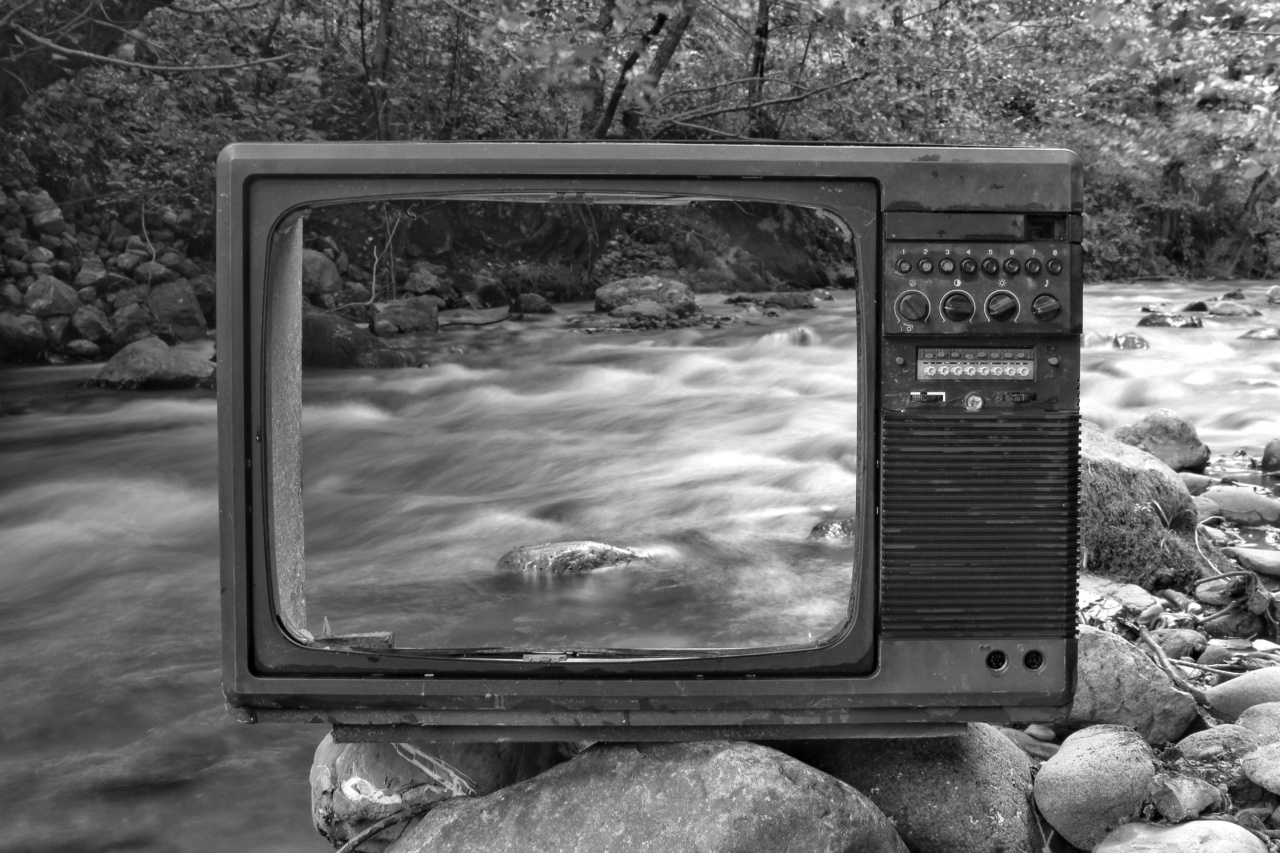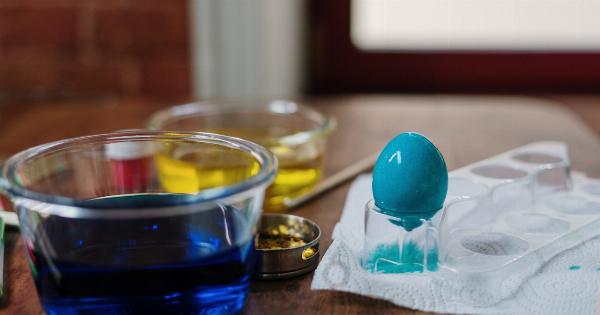Varicose veins are a common condition that affects millions of people worldwide. These bulging, twisted veins, usually found in the legs and feet, are not only unsightly but can also cause discomfort and pain.
While varicose veins are often thought of as a cosmetic issue, they can indicate significant underlying health problems. Fortunately, water therapy has emerged as a reliable and effective way to treat and manage varicose veins.
What Causes Varicose Veins?
Before delving into the benefits of water therapy, it is crucial to understand the causes of varicose veins. The primary cause is weakened or damaged valves within the veins.
Veins carry deoxygenated blood back to the heart, and the valves play a crucial role in preventing blood from flowing backward. When these valves become weak or damaged, blood pools in the veins, causing them to enlarge and become varicose.
The Role of Water Therapy in Varicose Vein Treatment
Water therapy, also known as hydrotherapy, involves the use of water in various forms to promote health and well-being. It has been recognized for its therapeutic properties for centuries.
Especially for varicose veins, water therapy offers multiple benefits that aid in their treatment and management.
1. Improved Blood Circulation
One of the primary advantages of water therapy for varicose veins is its ability to improve blood circulation. Many water-based activities, such as swimming or even walking in a pool, provide gentle resistance that helps blood flow against gravity.
This enhanced circulation reduces the pooling of blood in the veins and relieves pressure from affected areas.
2. Reduced Swelling and Inflammation
Water therapy, particularly in the form of cold water treatments, can significantly reduce swelling and inflammation associated with varicose veins.
Cold compresses or cold water baths help constrict blood vessels, reducing the amount of blood that accumulates in the veins. This leads to a visible reduction in swelling and discomfort.
3. Muscle Strengthening
Strengthening the muscles surrounding the affected veins is essential in managing varicose veins.
Water therapy exercises, such as water aerobics or water resistance training, provide a low-impact way to strengthen leg muscles without putting excessive strain on the veins. Stronger muscles can better support the veins and improve overall circulation.
4. Stress Relief
Varicose veins often cause emotional distress due to their appearance and associated symptoms. Water therapy is known to have a calming effect on the body and mind.
Floating on water, practicing water yoga, or simply soaking in a warm bath can help reduce stress levels and promote relaxation, ultimately benefiting vein health.
5. Natural Massage
Water exerts a natural massaging action on the body, especially when it is flowing or jetted. This hydro massage helps stimulate blood flow and lymphatic circulation, reducing the accumulation of fluid in the affected veins.
Whether it’s a gentle swim or a session in a hot tub with jets, the massaging effects of water can aid in varicose vein management.
6. Weight Management
Excess weight and obesity are common risk factors for varicose veins. Engaging in water therapy activities can help with weight management.
Water provides buoyancy, reducing the strain on joints, minimizing the risk of injuries, and allowing individuals with varicose veins to exercise without exacerbating their condition. Maintaining a healthy weight can alleviate the pressure on veins and reduce the likelihood of developing or worsening varicose veins.
7. Maintenance of Skin Health
Varicose veins often cause skin dryness, itchiness, and discoloration. Water therapy, particularly through regular moisturizing baths or water-based skincare routines, can help maintain skin health.
Hydrated skin is less prone to irritation and can promote better healing of any skin changes caused by varicose veins.
8. Prevention of Blood Clots
Blood clots, also known as deep vein thrombosis (DVT), can be a severe complication of varicose veins. Water therapy, by improving blood circulation and reducing blood pooling in the veins, can help prevent the formation of blood clots.
Activities like swimming or water walking are gentle yet effective ways to promote blood flow and minimize the risk of DVT.
9. Supportive Compression
Compression therapy, in the form of wearing compression stockings or bandages, is a common treatment for varicose veins. Water therapy, when combined with compression garments, can enhance the effectiveness of the treatment.
The hydrostatic pressure exerted by water can provide additional support to the veins and assist in maintaining optimal pressure levels.
10. Improved Overall Well-being
Engaging in water therapy not only provides physical benefits but also positively impacts overall well-being.
The relaxation, stress relief, and improved circulation associated with water therapy can boost mood, improve sleep quality, and enhance the quality of life for individuals managing varicose veins.
Conclusion
Varicose veins are a common condition that can have both physical and emotional impacts on those affected.
While medical interventions are sometimes necessary, water therapy offers a holistic, non-invasive approach to managing and treating varicose veins. Through improved blood circulation, reduced swelling, muscle strengthening, stress relief, and various other benefits, water therapy can serve as a natural ally in triumphing over varicose veins.































